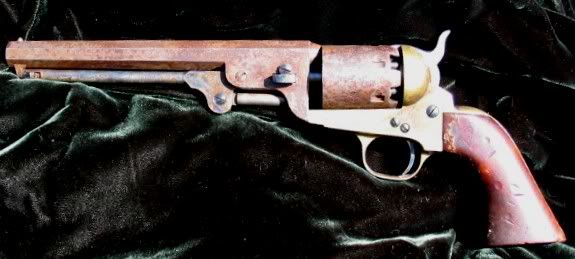I want the barrel finish to be "all-natural" polished metal. In reading I understand that one would file, 180-320-400-600 sand the barrel to achieve this polished gray over time look.
I notice that many builders blue and brown their lock and barrels. I prefer the bare metal and gray over time look. Bluing seems modern and browning, well....hmm, :imo: just seems rusty and needs to be cleaned.
So with that said here are my 2 questions;
Are the above barrel preperation filing, sanding etc. steps in line with the polished bare metal look outcome?
In your opinion is the bare metal finish era authentic for a 1770 Early Lancaster?
TIA
I notice that many builders blue and brown their lock and barrels. I prefer the bare metal and gray over time look. Bluing seems modern and browning, well....hmm, :imo: just seems rusty and needs to be cleaned.
So with that said here are my 2 questions;
Are the above barrel preperation filing, sanding etc. steps in line with the polished bare metal look outcome?
In your opinion is the bare metal finish era authentic for a 1770 Early Lancaster?
TIA





